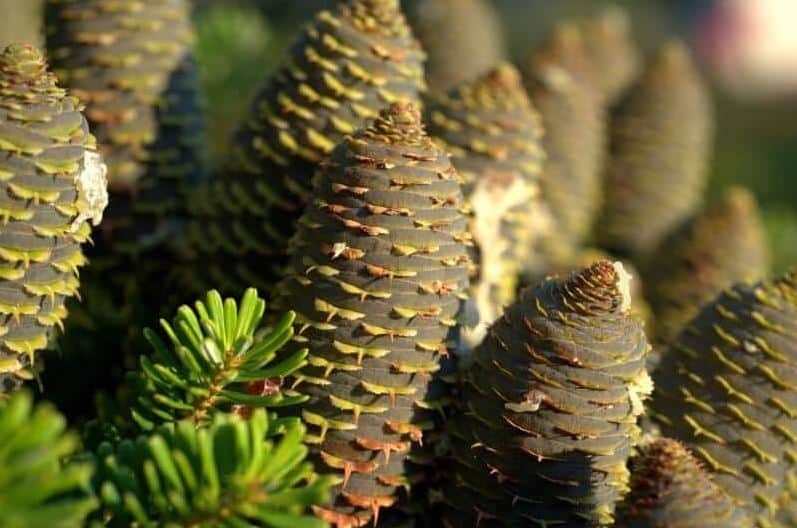You may have once seen your dog devouring a pinecone. While their rough texture and spines may upset the dog’s stomach or worse, pinecones are not poisonous to canines. What about us, though? Are pinecones food for humans? Most of us know the tasty edible pinecone seeds or nuts. Still, it is fascinating to note that, with the right preparation, several varieties of pinecones may even be consumed whole. Learn more about pine nuts in the next paragraphs.

Can a Pinecone be Eaten?
Pinecones, at least certain types, are edible, as mentioned. All pine trees except the poisonous lodgepole, Norfolk, ponderosa, and yew are edible.
To consume pinecones, look for the young, green, firmly closed cones. Because of their tough outer shell, female cones are less appealing, but if only one type is available, boil the cones to make them softer before eating.
Contrarily, male cones do not need to be cooked before eating. Pollen is another advantage of eating male cones. Pine pollen is a superfood high in minerals, amino acids, and antioxidants.
In certain cultures, ground pinecones are used as a substitute for flour since they are generally high in dietary fiber and vitamin C.
Edible Pine Nut Trees
What about pine nuts? All pine nuts are edible, right? All pine nuts are edible. Nevertheless, only around 18 species produce nuts suitable for harvest; others produce quite small nuts.
The longleaf, Korean, pitch, red, sugar, Swiss sugar, & Western white pines are a few examples of pine trees having edible nuts. Yew, ponderosa, Norfolk, and lodgepole are once again not eaten.
Pinus armandii, also known as Armand or Chinese white pine, produces pine nuts that should also be avoided. Most pine nuts originate in the United States, Europe, or Turkey. However, this specific kind is grown and traded in China. It may be identified by its smaller size, reduced cost, and often missing country of origin information on the label.
Although Chinese white pine nuts are not fatal, they may produce dysgeusia, a nasty disease that makes food and drinks taste metallic during daily ingestion of the nuts.
Pine’s Other Edible Parts
Tree pine needles may be consumed and have been brewing for both medicinal and energizing purposes. For this piney brew, use a fresh, light green needle.
While the delicate inner bark of pine trees may be eaten, it tastes best after it has been cooked. If you wish to do this alone, avoid cutting large sections from a single pine tree since this might cause the tree to die. The trees can heal themselves if you take a modest quantity from a few trees.

